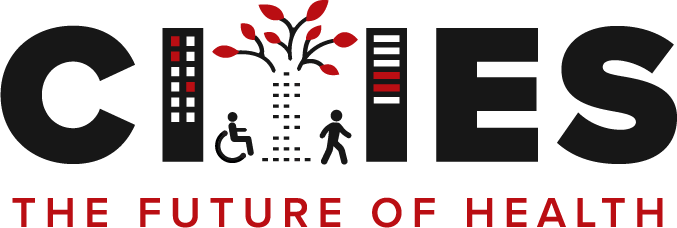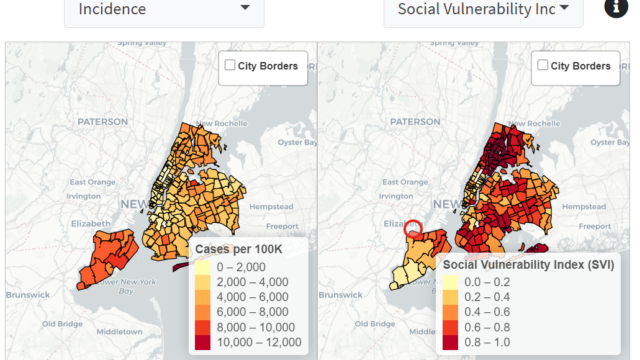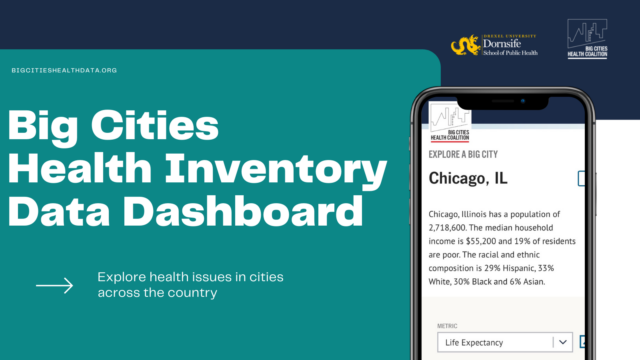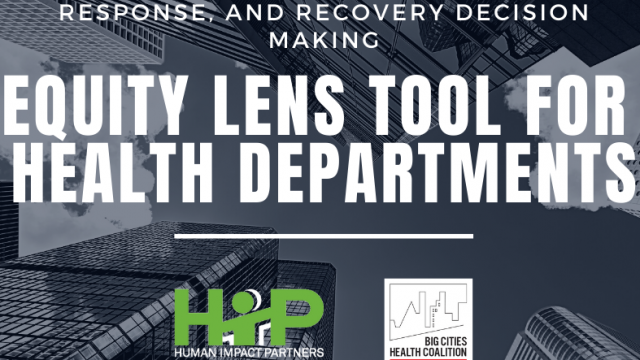Frontline Blog
Understanding equity and justice
May 2022

If we want to create healthy communities, we cannot simply offer everyone the same resources.
Equity is distinct and different from equality, and both are different from justice.[i]
Equality requires that every person or community receives the exact same resources and opportunities. Equity, however, acknowledges that everyone doesn’t start from the same place in life. People and communities have been differentially impacted by a variety of circumstances, structures, and historical contexts that have intentionally advantaged some, while unjustly and intentionally disadvantaging others. As a result, those who have been disadvantaged require a differential allocation of resources and opportunities.
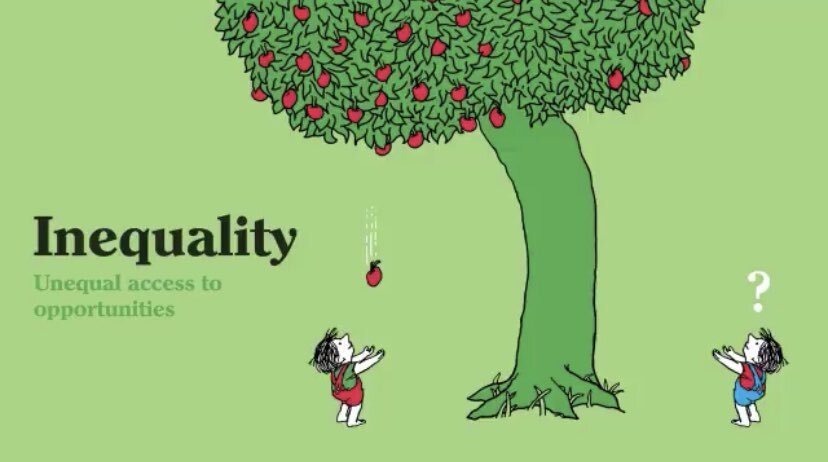
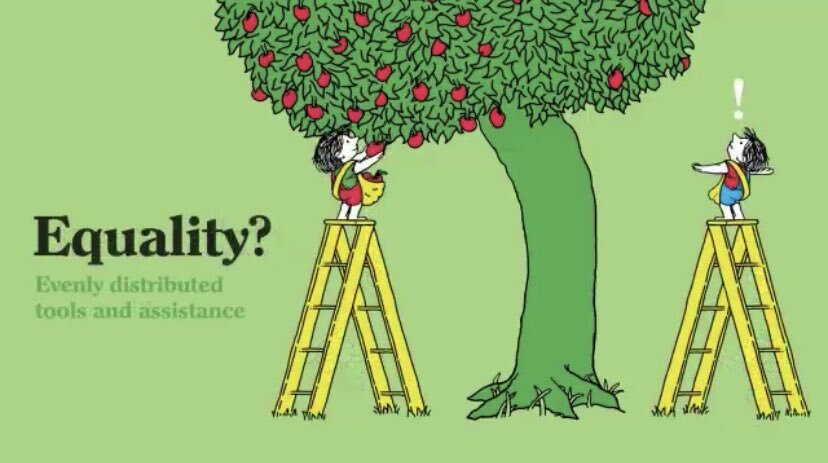
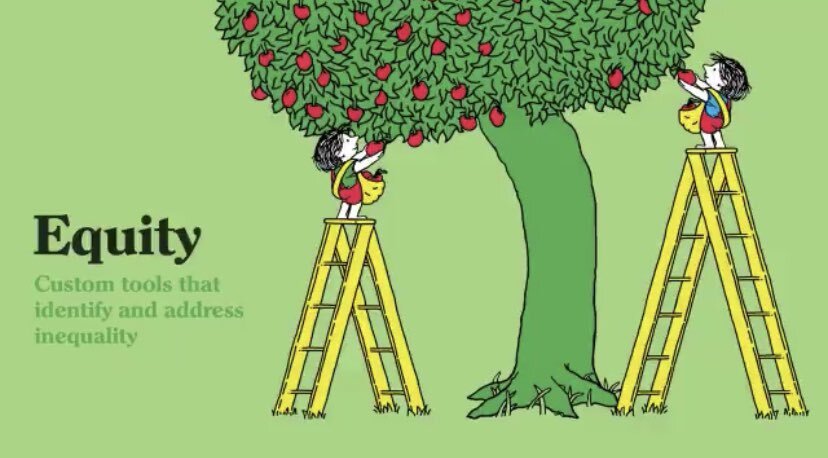
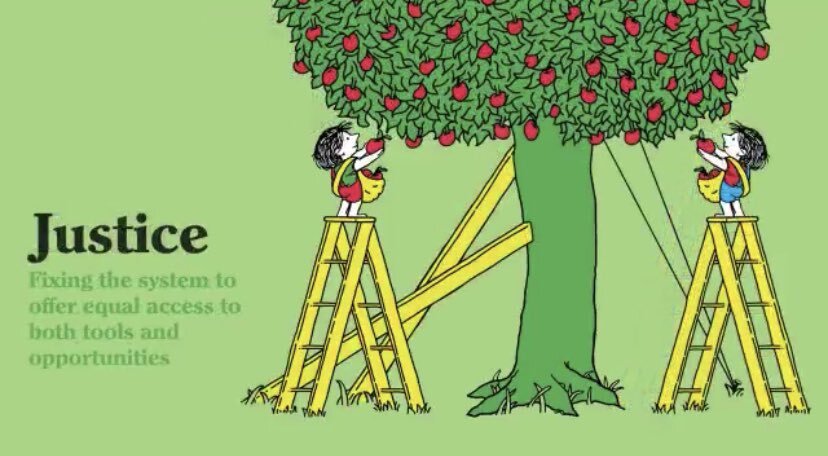
Source: Credits: Shel Silverstein, The Giving Tree; John Maeda and Tony Ruth, 2019 Design in Tech Report
At its core, equity requires acknowledgement, accountability, and action: acknowledging that structural injustices have caused disproportionate harm, being accountable and taking responsibility for harms, and taking action to remedy harms. However, these actions and remedies must give disproportionately more to those who have been harmed most. Equity requires that all individuals and populations are valued equally, historical injustices are recognized and rectified, and resources are provided according to need.[ii]
Justice embraces these requirements but goes a step further: It requires repairing and transforming circumstances, structures, contexts, and systems themselves so that they achieve and sustain equity and justice through proactive and preventative measures.
Actions Cities Must Take to Achieve Goals of Equity and Justice
Value all people and individuals equally by recognizing all people are born free and equal in dignity and rights.
Engage in actions to fix systems across city government that directly benefit or harm health, including how long and how well we live.
Develop a shared analysis across government agencies in order to begin to rectify historic injustices by examining how past policies, practices, analyses, reporting requirements, and performance measures have perpetuated injustices, including poor health outcomes.
Prioritize investments – including time, resources, funding, and people – in communities and neighborhoods that have long been ignored, disinvested, and harmed by a variety of decisions across decades, including policies and practices that were implemented by city agencies. These are the areas where investments are most needed and where they will pay off the most.
Work to transform their own systems – both internal and external to government – so that equity and justice-focused practices (like collaborative governance and equity-informed data processes) are simply part of how the “work” gets done.
Tools to support cities working toward health equity
[i] Milken Institute School of Public Health: Equity vs. Equality: What’s the Difference?
[ii] Jones, C. (2014). Systems of Power, Axes of Inequity: Parallels, Intersections, Braiding the Strands
